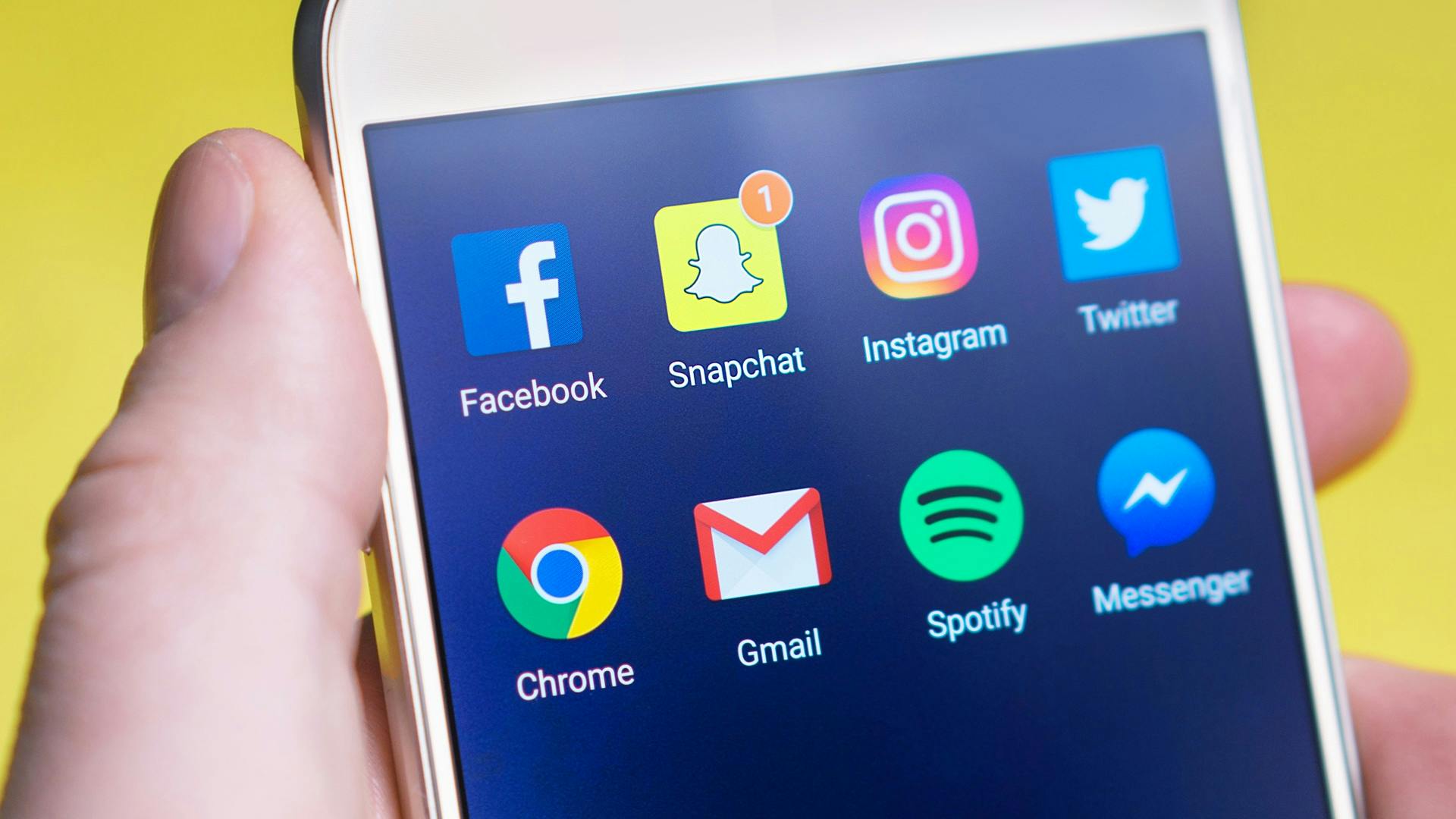Words: Belinda
You have a launch coming up, and you’re excited. You hit your social accounts to hint about the big reveal and wait back for the comments and engagement to roll in. We get it—we love launching new products and services for clients and diving into all the fun social media stuff. But wait: having no real direction is going to hurt your brand in the long run.
Here are the 10 social media content mistakes hurting your business and how to fix them.
1. Having no digital marketing strategy
A comprehensive digital marketing strategy should underpin everything your brand does online. This includes ensuring your business objectives are aligned with your social media, landing pages, EDM campaigns, SEO, Google Ad campaigns, and even the images you’re planning to use.
Using a content calendar to map out your social media plan is an easy way to set yourself up for success. Check out these free content calendars as a starting point.
2. Not understanding platform-specific best practices
Each social media platform serves a different purpose and often has different audiences. Copying and pasting your LinkedIn content to TikTok won’t get the engagement you’re hoping for – nor will it set your brand up as credible.
Research ideal post lengths, best times to post, and preferred content formats for each platform. And keep up to date with the many changes that can impact your content. With the head of Instagram recently confirming that the algorithm favours carousels, it makes sense to include this in your strategy.
3. Ignoring your community
The name of the game is social, and that’s what your platforms should be. Creating and posting content but failing to engage with your community is a massive social media content failure.
Consumers expect two-way communication on socials, and brands that actively respond to DMs and comments have a head start on the competition. Plus, they’re viewed as more genuine and trustworthy by consumers.
We’ve talked about the importance of building engaged communities on social media previously, but an easy way to build your community is by responding to comments in a timely manner. This can be time-consuming, so in the interim, try running polls and asking your audience for user-generated content. This shows your community that they are valued.
4. Being too focused on automation
Good brands create content and schedule posts and EDMs ahead of time while remaining flexible when something needs to go live immediately.
While the benefits of automation are obvious, it’s good to be able to pivot. The last thing you want is to have a scheduled post about your amazing new product go live in the middle of a natural emergency or global disaster.
If you’re going to schedule in advance, it’s vital to double and even triple-check any links. Links that lead to nowhere is a surefire way for your audience to unfollow or unsubscribe.
There’s also conflicting advice about the reach of scheduled social media posts. It’s hard to get to the bottom of it, but some experts think that your reach may be reduced. A good bet is to use a mix of automation and manual, live posting.
5. Not having consistent branding
Your brand should be recognisable across all platforms. From your logo to your colours, tone, and images, the audience should never be in any doubt that they are following your brand’s official account on socials.
The easiest way of ensuring consistency is to have a style guide that includes your tone of voice (is your brand’s voice fun? Professional? Quirky?), rules around how your logo is used, and clear brand guidelines. Ensuring this guide is accessible for designers, content specialists, and account managers will help ensure online consistency.
6. Ignoring data
This one hurts to type as The Bubble Co. is a data-driven digital marketing agency, and we use data for everything. From ad optimisation to explaining to clients why they should (or should not) be on various social media platforms, data is your friend.
However, not everyone is as nerdy as us — but they probably should be! Data underpins everything on social media, and you’re missing out if you’re not using the analytics available on each platform. Use analytics to find the best time to post, how to optimise ads in 2024, and to see a pattern with top-performing posts.
If you don’t understand the data contact your ads account manager at Meta or Google and ask for an explanation.
7. Not keeping up with changes to the algorithm
We get it—staying on top of the constant changes across socials is a full-time job. Google and social platforms are always tweaking things in the background, and while often there is no discernible difference. At other times, it’s like tectonic plates have shifted and the landscape is utterly different.
Keeping an eye on official accounts of Google, Facebook, Instagram, and TikTok can help you be prepared for these changes. Attending webinars and following digital marketing YouTubers who dedicate their channels to social media is the best way of keeping up with changes and what they mean for your accounts.
8. Not responding to negative feedback
Every brand will receive negative comments or DMs. This doesn’t necessarily mean you’ve done anything wrong—sometimes, it’s unfair criticism or negative comments about issues beyond your control. But it may happen that something your brand has posted has been perceived as tone-deaf, inappropriate, or badly timed.
The only thing worse than ignoring negative comments is deleting them. Brands with a deep understanding of social media best practices delete only if the comments are unfairly vicious, posted by trolls, rude or offensive.
Negative feedback can help you identify issues that upset your audience that you might otherwise not be aware of, such as pricing or problems completing an online purchase.
Regardless of the issue, having a trained social media team to deal with negative comments in a timely manner is vital. Just as important is having a crisis management plan in place to help with reputation protection and other issues in a compliant way.
9. Not embracing video
You won’t find a social media expert who advises against posting video content. Despite this, plenty of brands in the B2B space favour static images.
Videos can bring in up to 40% more engagement than static images, and are more likely to be shared. Videos also improve brand awareness, create a stronger emotional connection, and work well across mobile devices. Make videos part of your strategy and watch your social media engagement figures climb.
10. Failing to understand the ‘just right’ level of posting
It can be hard to know how often to post. Overpost, and you risk having people unfollow or unsubscribe. Post too infrequently and you may be forgotten about.
The best way to hit the sweet posting spot is to check out the advice from each platform and then create a calendar to ensure you post at the right time. Consistency is important with posting frequencies, and you can use the analytics on each platform to see how your posts are performing.
It’s a lot to take in, right? Don’t worry – we’ve got you! As a full-service digital agency our team of social media experts stay up-to-date with best practices and algorithm changes to keep your brand front of mind. Contact us today for more information.




